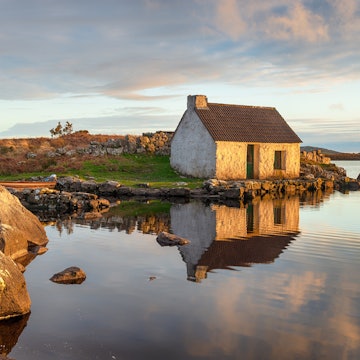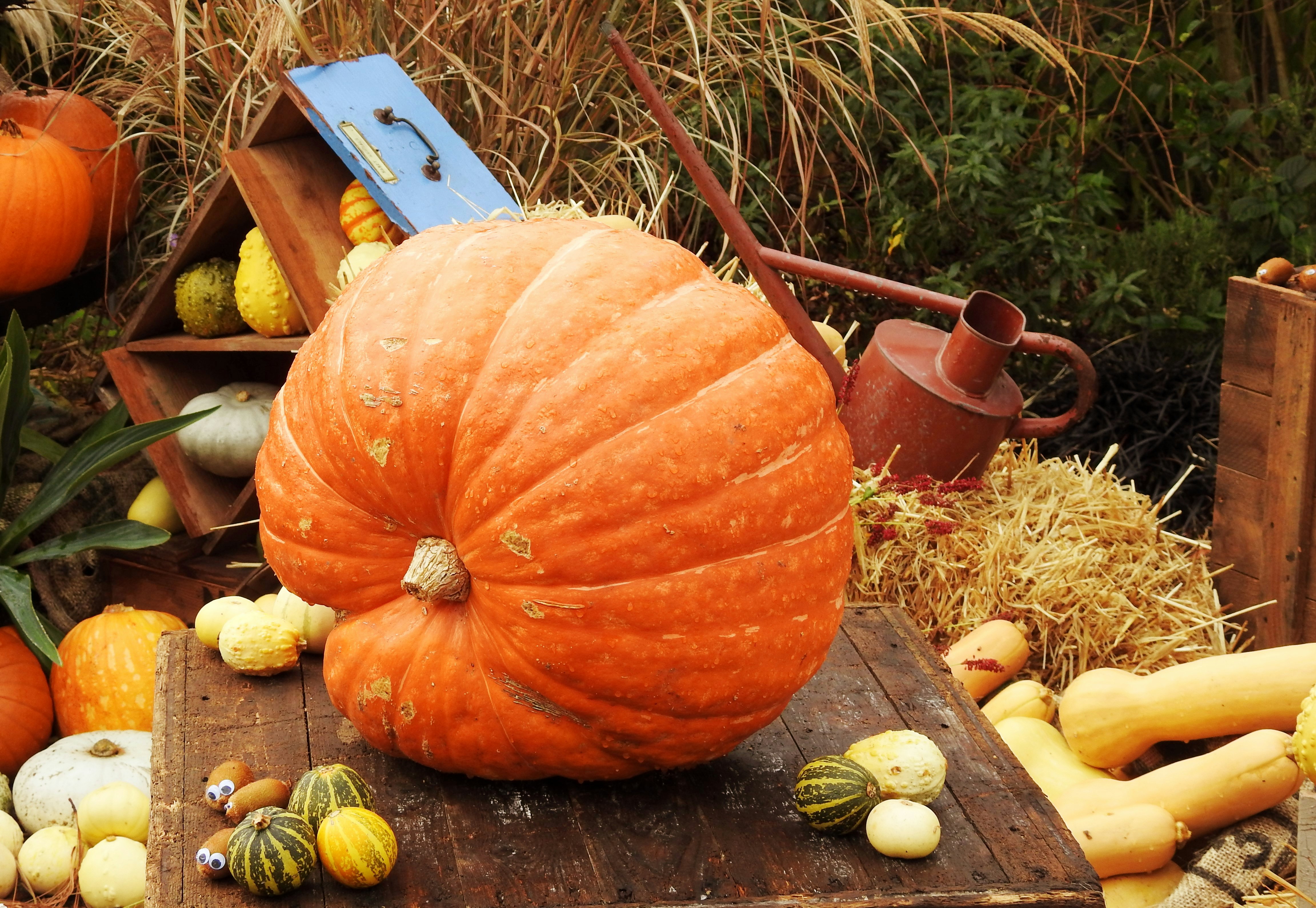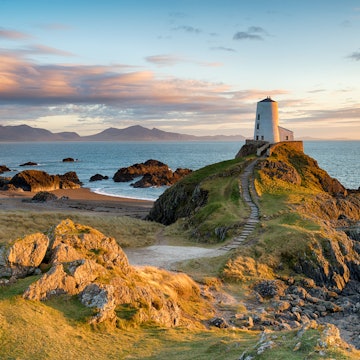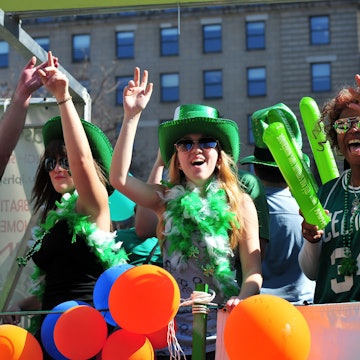

Sunset in Trim County Meath. Piotr Biszcz/Shutterstock
As Halloween celebrations get underway around the world, Ireland takes pride in its status of the birthplace of Halloween, or Samhain.
Samhain celebrations have been a traditional part of Irish life for centuries and are stronger today than they have been for decades, as part of a broader renewal of interest in traditional culture. It is one of four ancient seasonal festivals: the others are Imbolc in February, Bealaine in May and Lughnasa in August. They all coincide with public holidays in Ireland; Samhain’s is the last Monday in October, so if you are visiting, expect to see lots of locals out and about enjoying the extra time off.
Samhain and Halloween are often used interchangeably, though there are some differences. Oíche Shamhna is the name of Halloween, or Oct. 31, in Irish, while the Samhain festival traditionally took place on Nov. 1. Samhain is also the name of the month of November in Irish. Samhain can refer to the season stretching roughly from Nov. 1 to Dec. 21, though this is more associated with neo-paganism than backed up by ancient sources.

The history of Samhain in Ireland
The harvest festival of Samhain stretches back at least to the Celtic pagan era, if not before. It was a time of feasting and celebration to mark the beginning of the dark half of the year and has always had unearthly connections.
The earliest written sources we have on the subject describe it as a liminal time of the year when portals to the Otherworld would open, often through ancient burial mounds. Contact with the spirits was easier during this time, though the spirits in question are more commonly the sidhe or fairy folk, rather than the spirits of ancestors.
For hundreds of years in Ireland, people wore costumes while going door to door asking for food, usually in exchange for a performance of some kind. Many tried their hand at divination games, usually to find out who they would marry, though sometimes to ask who would survive the coming year. Ritual bonfires were often lit on the hills across the countryside, since Samhain is the counterpart of the other big fire festival, Bealtaine, in May.
In homes, candles were placed in windowsills and sometimes placed inside horrifying carvings of turnips. After the mass emigration of Irish and Scottish people to the USA, these traditions became trick-or-treating and pumpkin carving, often slightly less scary than their older counterparts.
Nowadays, trick-or-treating and traditional games are still going strong in Ireland, but there is renewed interest in the ancient origins of Samhain and the more traditional and pagan aspects of the festival.
Best places to celebrate Samhain 2025 in Ireland
No matter where you are in the country, you are bound to be close to some celebrations, whether it’s a costume party in the local pub, a foodie pop-up celebrating the flavors of the harvest, or some neighborhood trick-or-treaters. Although technically illegal, fireworks are also widespread, particularly in Dublin.
Here are five of the biggest events worth traveling for.
Derry: Oct. 28-30
Proudly proclaiming itself Europe’s largest Halloween festival, Derry Halloween features fireworks and a carnival parade. It’s very family-oriented and throughout the four days, there are loads of arts and crafts events for children to get into the spirit of things, including how to make your own Halloween video game.
Púca Festival, Trim, County Meath: Oct. 30-Nov. 2
An annual celebration of "the birthplace of Halloween," this festival in County Meath has free events in both Trim and Athboy. These include a ceremonial lighting of fires and a procession of drums, music, fire and incredibly designed, oversized puppets. Throughout the weekend, there are tours, meditations and talks on divination and foraging. There’s also a lineup of comedy, circus and music to enjoy.
The Dragon of Shandon, Cork City: Oct. 31
Starting as a local community art project, this parade follows a huge dragon as it emerges from the underworld to travel through the streets of Cork City. It is joined by puppeteers and performers, and onlookers are invited to join in the walk. It’s followed by live performances on the quays.
Bram Stoker Festival, Dublin: Nov. 3-Oct. 31
More spooky season than Samhain, this is nonetheless a highlight of the capital’s cultural calendar. It celebrates one of the city’s most famous literary sons and his enduring tale of Dracula. This year’s lineup includes a production of the final chapters of Dracula in the historic Abbey Theatre and a showing of Kwaidan, a Japanese horror anthology, accompanied by live music.
Samhain in the Heartlands, Uisneach, County Westmeath: Nov. 8-9
The highlight of this two-day event in Uisneach will be the lighting of the Samhain bonfire on Nov. 8, following an epic procession of fire dancers, Irish wolfhounds and horses. Before that, there will be traditional storytelling, fortune-telling and haunted tours. The next morning plays host to yoga and a sunrise tour of Uisenach, itself thought to be a ceremonial and spiritual center of ancient Ireland.

How can I celebrate Samhain at home?
For many years, Halloween and Samhain were celebrated in the home and local community, so if you’re not traveling this year, you can still experience some classic Irish traditions. For children, trick-or-treating is essential. Games like bobbing for apples and snap apple (where the apple is tied with a string to the ceiling) have enduring appeal.
Divination games with apples and hazelnuts are also easy to do at home. If you peel an apple in one long strip and throw it over your shoulder, it is said to land in the shape of the first initial of the person you will marry. You could also bake a barmbrack with items such as a coin, a pea and a ring. The item you get in your slice will foretell your future for the next year. Barmbracks are available in most shops in Ireland during the Samhain period, though normally they only have a ring inside (which foretells marriage in the next year).
For the ancient Celts, Samhain was described as the first of the yearly festivals, leading some to believe it was the equivalent of a Celtic New Year. Because of this, modern druidic traditions welcome the season by giving gratitude for the harvest just gone. It is also a good time to let go of anything you don’t wish to carry into the next year. Bringing people together for a big feast, or burning slips of paper with things you wish to let go of, can be fitting home rituals for the Samhain season.















